The Crafting Of A Card Game: Lords Of War Part IV
November 8, 2013 by brennon
As every gamer will attest, artwork sets the tone of any game play experience. From the pastel calm of Settlers of Catan to the pulp sci-fi leanings of Twilight Imperium, the airbrushed intensity of Magic: The Gathering to the colourful innocence of Uno or Twister, how a game looks and feels guides players to experience particular emotions while they play them.
 It’s my personal belief that great art makes you want to touch, play and treasure a game. There are plenty of games that I own that I rarely play because I know guests to my house will be alienated by the artwork or theme. Ultimately, it’s the responsibility of a publisher to ensure that as few barriers are placed between gamers and their games as possible, which meant, back in 2011, that when Nick and I committed to an artist they had to ensure that Lords of War was, as the first and flagship Black Box Games product, as characteristic of us as a company and as individuals as possible.
It’s my personal belief that great art makes you want to touch, play and treasure a game. There are plenty of games that I own that I rarely play because I know guests to my house will be alienated by the artwork or theme. Ultimately, it’s the responsibility of a publisher to ensure that as few barriers are placed between gamers and their games as possible, which meant, back in 2011, that when Nick and I committed to an artist they had to ensure that Lords of War was, as the first and flagship Black Box Games product, as characteristic of us as a company and as individuals as possible.
Complicating matters further, Nick and I weren’t just looking for someone to set the tone for a single card game. As we wouldn’t be able to afford a third party license, the artwork needed to set the tone for a whole new fictional universe that we would build for our fans. And while we wanted to launch Lords of War with a semi-traditional Fantasy theme, we were keen to ensure that the universe we were building had room to grow – a future that could be hinted at over time – without consumers feeling like they hadn’t bought a complete experience when they picked up a pack.
We had already built the mechanics for Lords of War: Steampunk Battles and Lords of War: Sci-Fi Battles, and we had some very clear ideas about Lords of War: Historical Battles too (involving real world armies, such as Napoleonic and WW2 era soldiers), so it was enormously important that the artist we worked with understood that one day our Elves would evolve – not only into waistcoat wearing alchemists but universe-exploring psychic warriors. In addition, the characters who appeared in Lords of War: Fantasy Battles needed to be characterful enough that, should the opportunity arise, we might be able to create graphic novels, animated series or miniature games in which they featured.
 Then lastly, but probably most importantly, it was absolutely fundamental that the Lords of War artwork be fun, fresh and – frankly – attractive to core gamers while also being welcoming to children, young adults and, of course, women.
Then lastly, but probably most importantly, it was absolutely fundamental that the Lords of War artwork be fun, fresh and – frankly – attractive to core gamers while also being welcoming to children, young adults and, of course, women.
Nick has been married for a great many years now, and his wife, Brenda, isn’t really a gamer. He also has two children – a daughter of seven and a son who is five. I don’t yet have any children, and Dnyan, my wife, is a serious gamer, so between us we concluded that it would have to be a litmus test for everyone in the Black Box Games family to look at the artwork and think it was cool.
During my first phone call to Steve Cox it was pretty hard to convey all of this without scaring him off. Thankfully, Nick and I had already spent a little bit of money having some mood boards designed for the Dwarves, Orcs and Elves – the three races we absolutely knew would feature first on Lords of War cards. I sent the boards through to Steve via email, and we chatted through what we were trying to achieve at great length.
 Inevitably, one of the biggest tensions in our discussion was money. Nick and I were operating on, essentially, a budget of around £3,000 – a sum which was woefully inadequate compared to the scales of our ambitions. And Steve, with decades of experience in children’s books and animation, told me this fairly delicately. He was happy to proceed and to create some example pieces, but Nick and I would need a lot more money to bring Lords of War to fruition.
Inevitably, one of the biggest tensions in our discussion was money. Nick and I were operating on, essentially, a budget of around £3,000 – a sum which was woefully inadequate compared to the scales of our ambitions. And Steve, with decades of experience in children’s books and animation, told me this fairly delicately. He was happy to proceed and to create some example pieces, but Nick and I would need a lot more money to bring Lords of War to fruition.
Being utterly independent of everything – no investors, no partner companies, no outside financial assistance – Nick and I obviously needed to pull in cash in a serious way. Unfortunately, Britain and the entire EU was still suffering under the lingering and crippling effects of the financial crisis (and, to a certain degree, still is) which made money even harder to come by.
Ultimately, we concluded that we just needed to tighten our already tightened belts and pool our resources on a month to month basis.
Naturally, the example materials Steve sent through were stunning. He knocked together an initial concept of Krod Klouthammer, the Dwarven General, which was 90% perfect. When I say that what I mean is, as far as I was concerned it was 90% perfect. For Nick, who would have preferred every piece to look like a White Dwarf cover, there were weeks of arguments between he and I about tone. As Creative Director however, this was my shot to call, and so I called it.
 I went to Bath, where Steve is based, and we spent a day playing Lords of War, getting to know each other and talking about the future. I think it’s fair to say that we got along well and, in other circumstances, I think that Steve and I would probably be great friends. Alas, sharing a few beers that day was really the only social time we have ever spent together. Since then, between Nick and my full-time jobs, with almost every evening and weekend for the last two years spent on Lords of War, it’s all been work work work since then.
I went to Bath, where Steve is based, and we spent a day playing Lords of War, getting to know each other and talking about the future. I think it’s fair to say that we got along well and, in other circumstances, I think that Steve and I would probably be great friends. Alas, sharing a few beers that day was really the only social time we have ever spent together. Since then, between Nick and my full-time jobs, with almost every evening and weekend for the last two years spent on Lords of War, it’s all been work work work since then.
During that period of time, in the winter of 2011, Nick and I were having some serious and hard-fought debates about which armies we should launch with. Extremely naively, until we met Steve, we believed that we could launch the game at Salute 2012 with three double-deck packs. This was ambitious to the point of stupidity.
If you’ve ever played Lords of War then you’ll know that all our packs are double-decks, in that each comes with two complete armies inside. We made this decision because we wanted every consumer to be able to play the game out of the box, rather than buying a single starter pack for themselves. That idea, of excellent value for money, in addition to artwork which was fun, welcoming and unlike anything else out there (setting us apart from the half-dozen or so Fantasy Flight and Wizards of the Coast globally infamous Collectible, Trading and Living Card Game series), with a mechanic that took 5 minutes to learn but years to master, was to define the Lords of War brand.
When it came to selecting the races then, we knew that whatever we chose those armies ought to be friendly enough that young girls would want to play with them, with no chainmail bikinis or 80’s-style muscle men. Humans, we acknowledged, were a problem – after all, what does a Fantasy human look like? We therefore went through dozens of ideas, and The Undead were an early winner. We knew we wanted one human faction, so the debate there was between Amazons, Templars or Vikings, and we also liked the idea of something more esoteric, so the shortlist there was Insect People (we still don’t have a great name for them!), Fish People (which we still hope to release) Rat Men (which didn’t seem cool enough, but we’ve now solved that problem!), The Republic (a mix of Greco-Roman soldiers, satyrs, minotaurs, gorgons, etc) and the Lizardmen.
Grouped together, with the mechanics refined and racial identities and unique characteristics hard-coded into the cards, we concluded that Dwarves versus Orcs, Elves versus Lizardmen and Templars versus Undead would be the first three, and if there was demand for more Lords of War Fantasy races down the line then we would develop Amazons versus Insect People/Bugmen (seriously – we still don’t have a name for them!), Pirates versus Ninjas (with the Fish People being our pirates and the Rat Men being our ninjas) and Vikings versus The Republic.
Goodness knows how many, if any, of these will see the light of day, but they are all in my game design trunk ready to be called into action!
As Steve worked through my lists of unit descriptions, and Nick argued with me over whether this Dwarf should be wearing Chain or Plate Mail or this Orc’s nose was too pig-like, the Dwarves and Orcs started to come together. By then we were well into 2012, and there was going to be nowhere near enough time to get the game ready and printed in time for Salute.
Moreover, Nick and I had done the maths and, working as hard as we could, saving as much as was possible, there was no way we could afford to artwork six full armies during 2012. We might be able to afford four if we really scrimped, we concluded, but we would almost certainly have to borrow some money from our friends in order to afford printing – let alone any other unforeseen consequences.
A new launch date was set – Colours Wargames Show in Newbury, which was taking place early in September. We redoubled our efforts, and Steve powered ahead with Orcs versus Dwarves.
While he did that, the next jobs were sorting out two major challenges: finding a printer who could manufacture and put together Lords of War in the way we wanted, and trying to secure ourselves distribution in the UK.
Lords of War: Templars Versus Undead is currently on Kickstarter now!
Martin Vaux
If you would like to write an article for Beasts of War then please get in contact with me at [email protected]!
Supported by (Turn Off)
Supported by (Turn Off)
Supported by (Turn Off)





























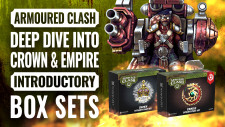

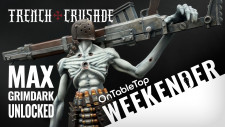
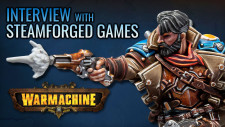

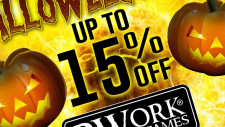
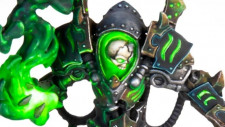
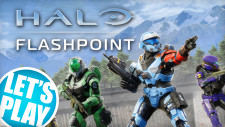








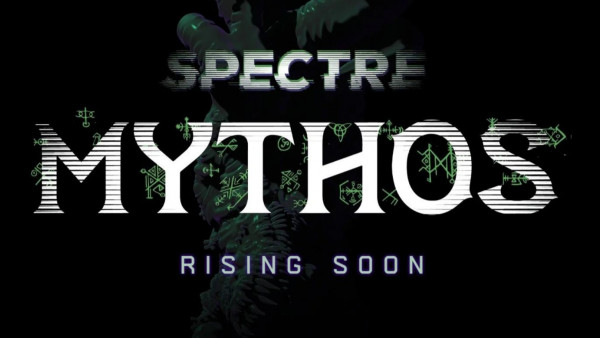
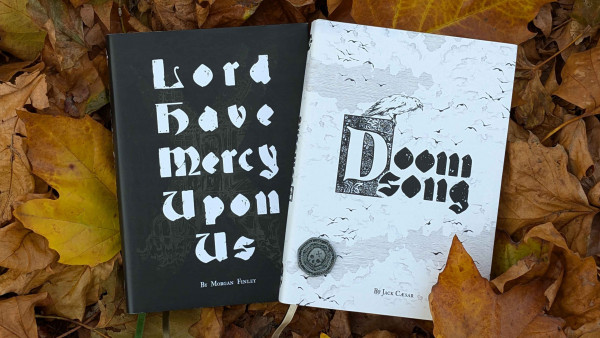
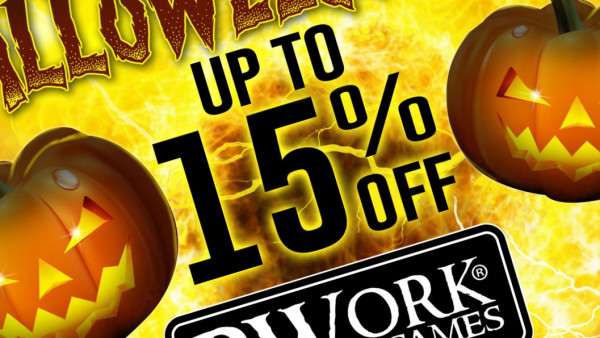



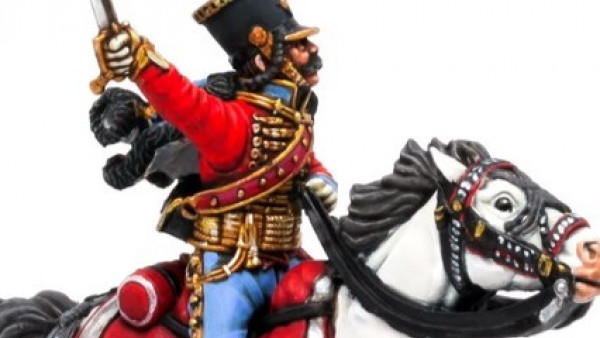
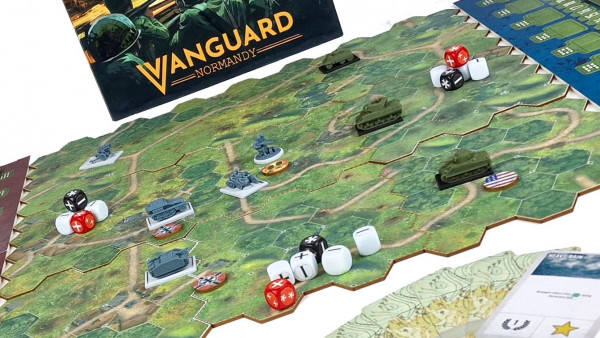
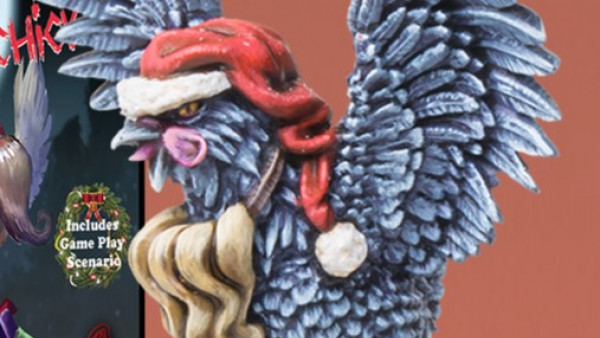
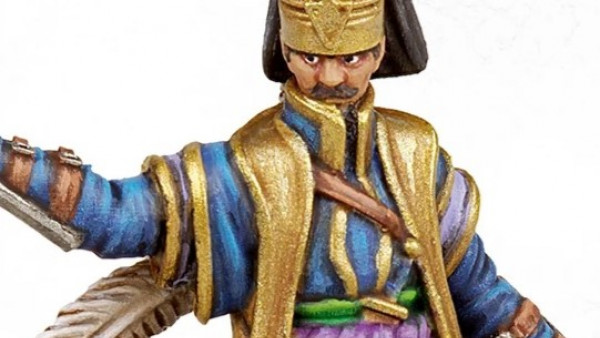

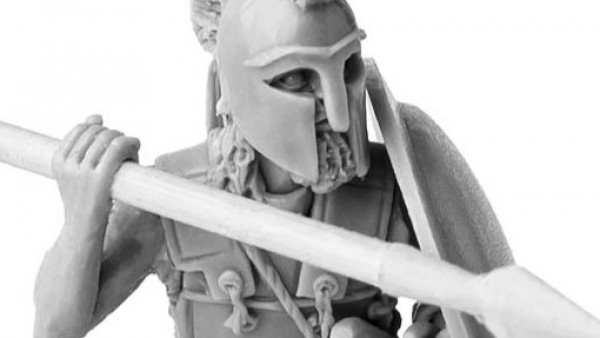
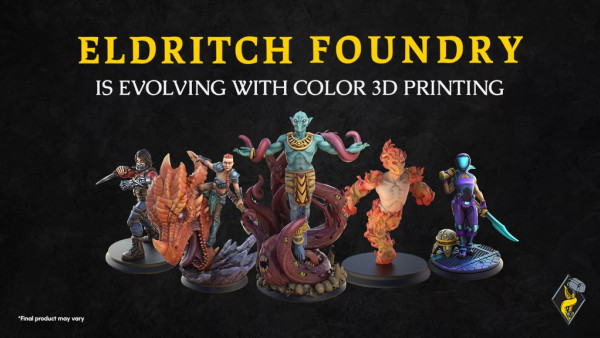

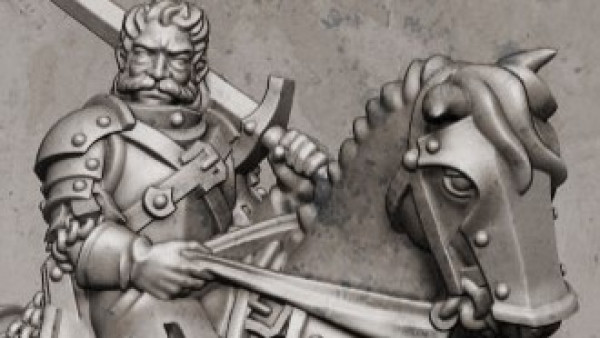

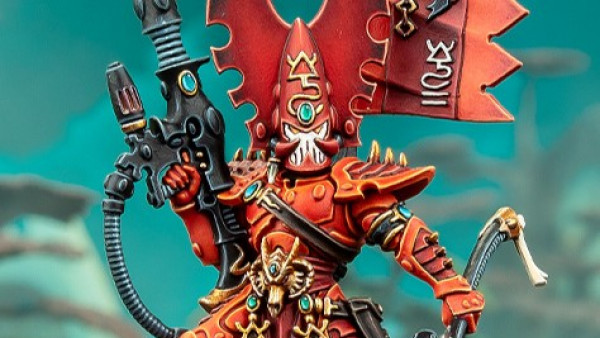
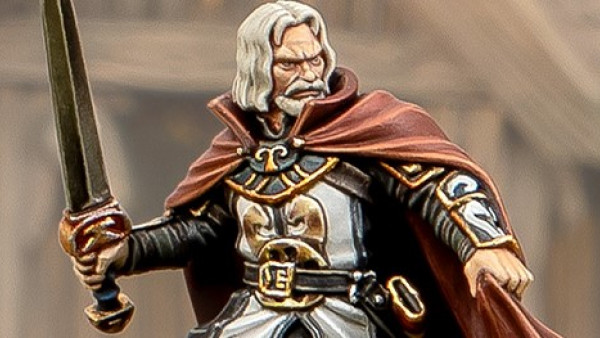
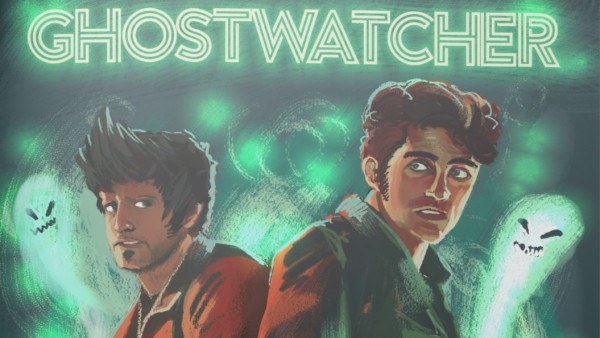

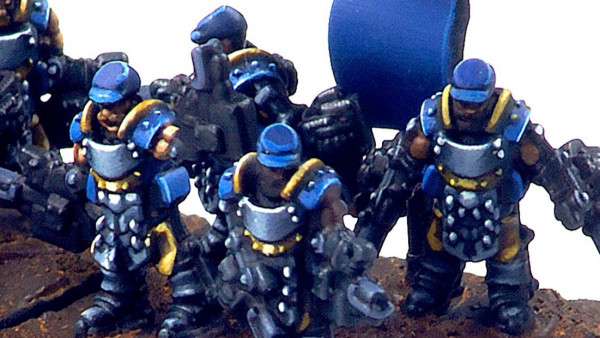


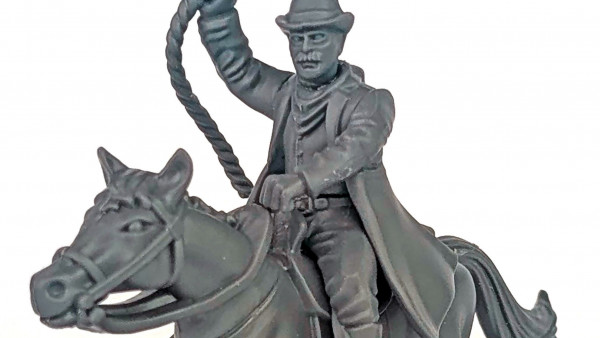
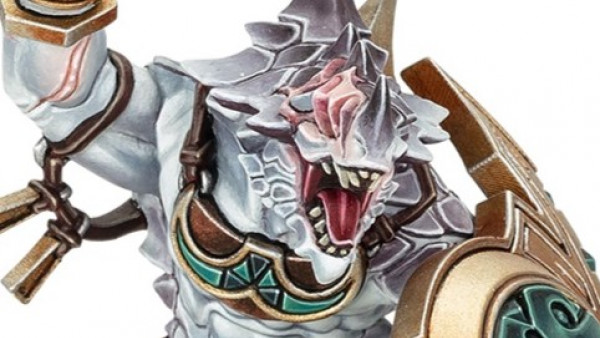
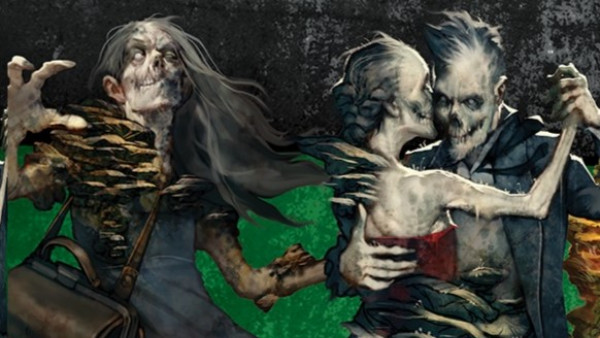
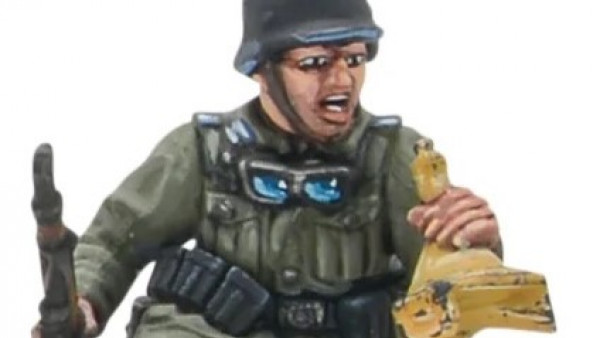
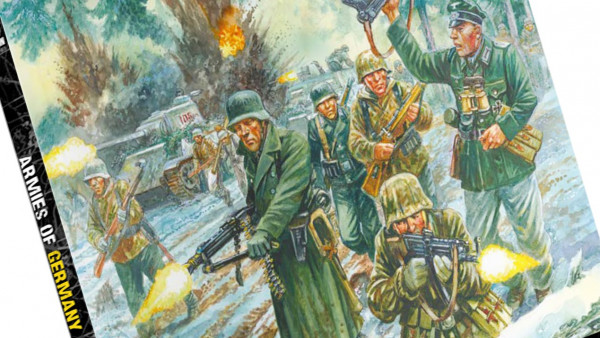
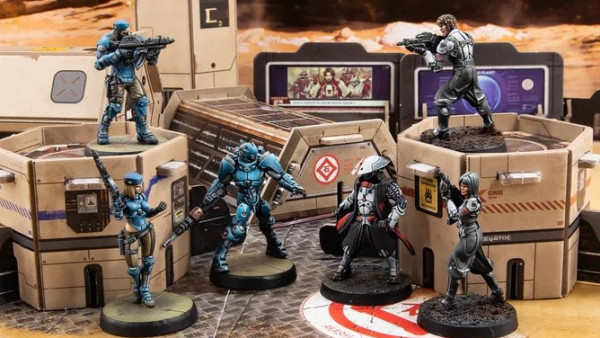
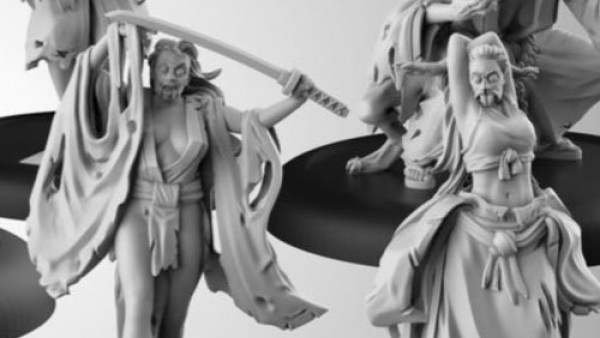
Really looking forward to checking this game out. It looks inspired by Final Fantasy XI’s Tetra Master.
Another great installment on the series, can’t wait to read the next one, printers are from experience……. fascinating…..